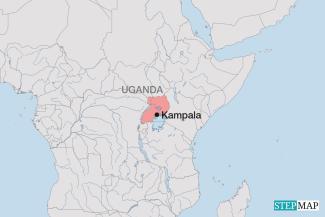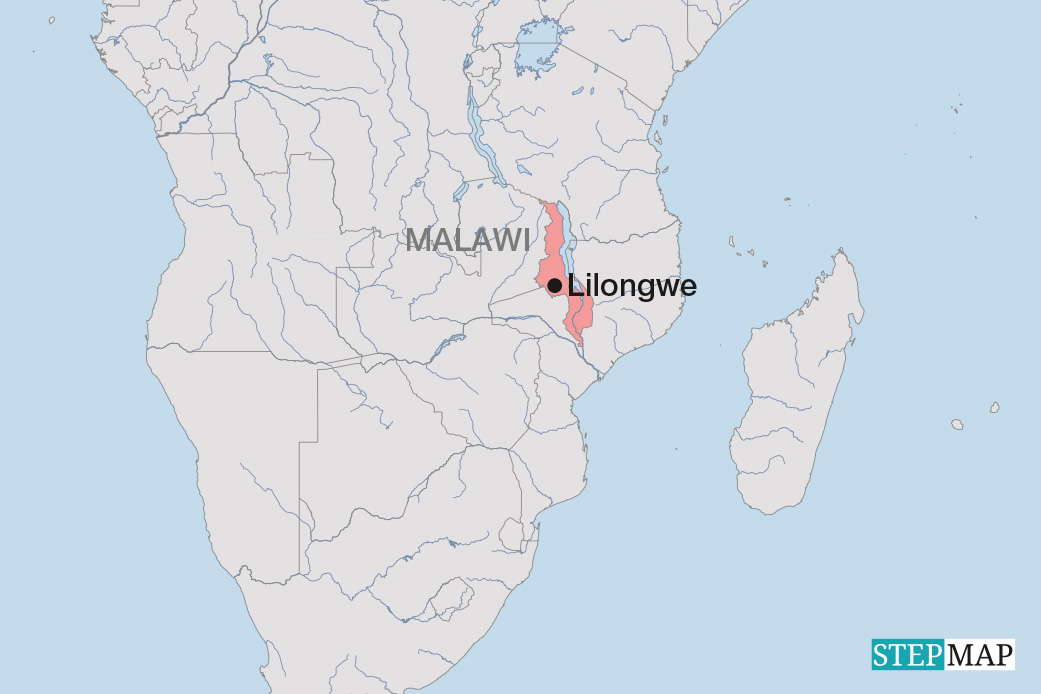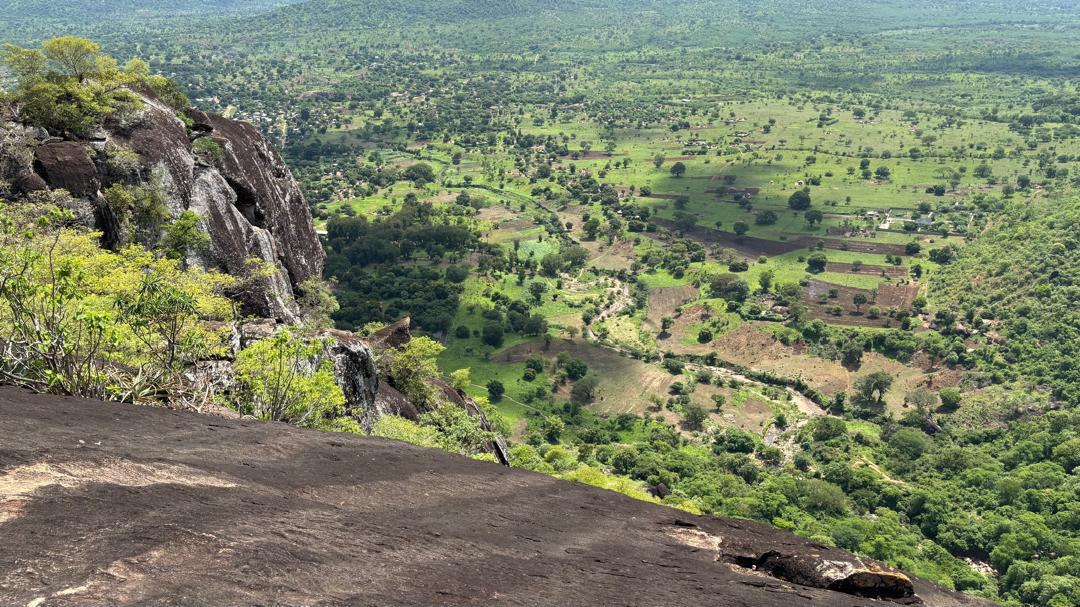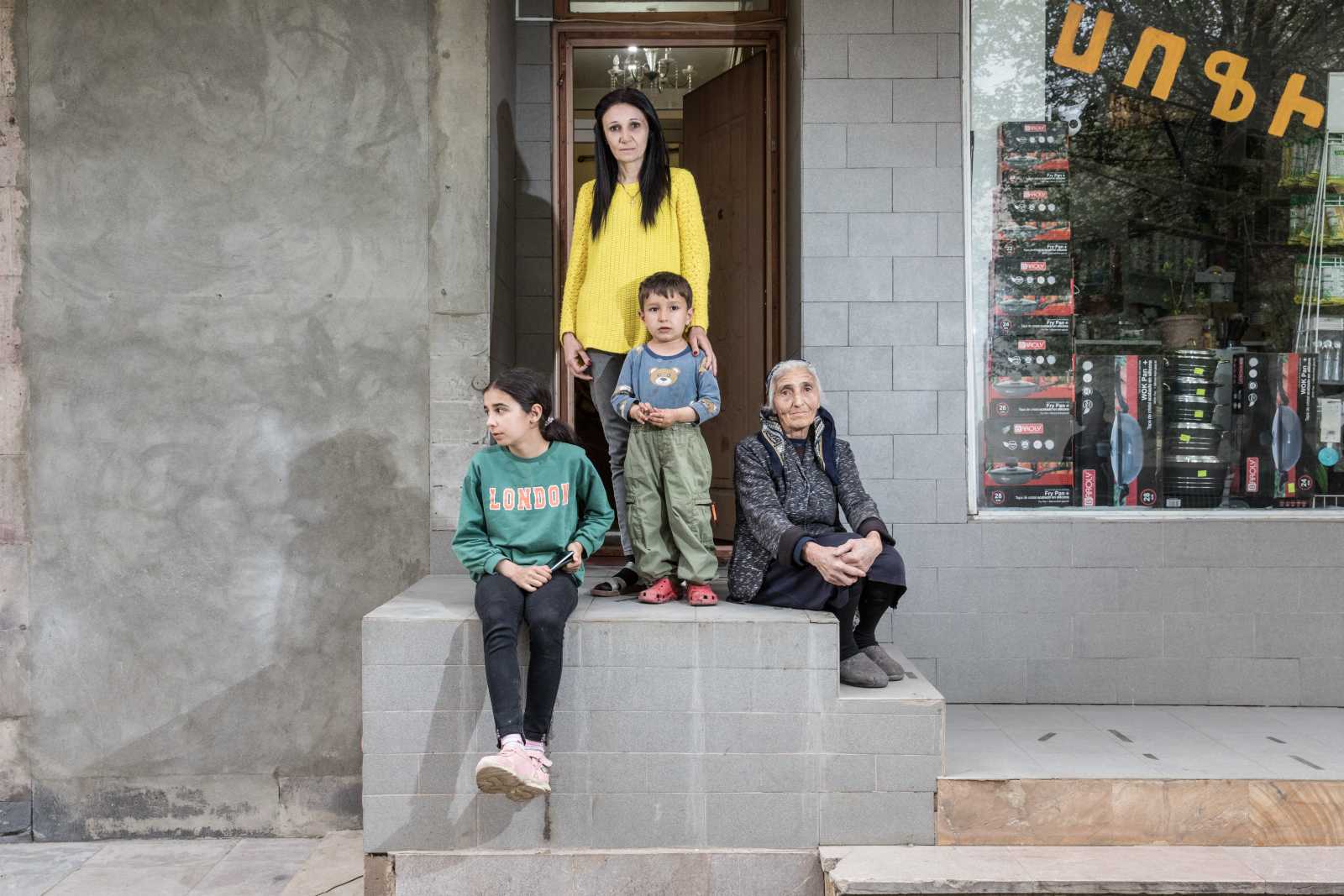Food security
Edible-insect traders decry low harvests

The green grasshopper that often breeds in the Savannah grasslands, is harvested twice a year, in May and in November. Grasshopper trappers use metallic shiny iron sheets (popularly used to roof houses in Uganda) to trap them. They are lined up vertically into reused barrels to create a kind of slide. Very bright light bulbs are hung over the barrel to attract the insects. Flying grasshoppers will circle around the lights until they fall onto the iron sheets and slip into the barrels. Once inside the barrel, they cannot escape.
Nambalira Shamim, a local food trader in Nyendo-Masaka, in Central Uganda, says that she invested borrowed money into the nsenene business. She is now worried about the disappearance of the grasshoppers which may lead her to default on the loan. “I borrowed some money from the local bank anticipating a profit this season. However, now, we are seated here clueless if the insects will come or not,” she says, adding “I am very worried. How will I feed my family?”
Many more nsenene trappers, traders and investors are equally worried about the looming scarcity. The grasshopper business benefits several people in Uganda. Many women work as grasshopper sellers and rely on their income to support their families. Other businesses such as dealers in hardware sell implements used in trapping the insects. The business also benefits banks and lending institutions that provide financing.
The origin, breeding and migration patterns of grasshoppers are largely unknown. For this reason, grasshopper trappers have been trying to find ways how they can domesticate, breed and farm these insects. Grasshoppers are highly nutritious with proteins, fats and dietary fibres and therefore a valuable food.
The grasshopper scarcity in Uganda has been attributed to changing weather patterns and the impacts of extreme weather conditions. The country is experiencing heavy rainfall, known as the El Nino rains, which are said to impact on the breeding conditions for insects like nsenene.
Other factors leading to the scarcity of grasshoppers include the increasing human settlement in areas that were previously perfect breeding spots for insects and other fauna. In the Greater Masaka area of central Uganda for example, a previously large wetland, “Lwera,” is now a hub of activity for sand miners, rice growers and other human activities. It is now a clear landscape of factories and manufacturing plants.
Modern farming techniques that involve the use of harmful pesticides are also blamed. Phillip Nyeko, a professor at Makerere University and an entomologist confirms that the continued use of pesticides is a great threat to nsenene and other insects. He argues that agriculturists should minimise the use of non-selective pesticides. “Our people need to change the way they look at the environment. Most of those insects will completely disappear if no efforts are made to protect their breeding grounds,” he says.
Sheillah Abaho is a Uganda writer based in Kampala.
sheilaabaho2@gmail.com










